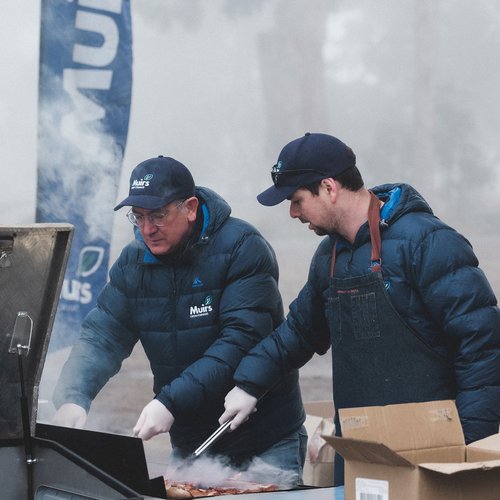Australian livestock producers have the opportunity to position themselves ahead of one their biggest global competitors according to Sam Turner.
Mr Turner toured the US as part of the Australian Intercollegiate Meat Judging Association, participating in trainingand meat judging competitions. He found their system offered some comprehensive traceability.
“Twenty years ago, the United States Department of Agriculture established a program called the National Animal Identification System to cover a wide range of species including cattle, sheep, goats, pigs, horses and poultry.
“But the program was discontinued in 2013 due to a lack of funding and concerns about privacy and government overreach,” Mr Turner said.
The program was later replaced by another system called the Animal Disease Traceability Program (ADTP), but Mr Turner found many livestock producers used alternative programs such as the US Cattle Trace Program and the National Scrapie Eradication Program, fragmenting the industry.
The US Scrapie Eradication Program has been successful in reducing the prevalence of scrapie in adult sheep by more than 99 per cent.
However, he found the program’s exemptions for castrated sheep, goats under the age of 18 months or those moving to properties within the same state, presented significant challenges in identifying the source of disease and effectively controlling its spread.
Mr Turner said any such exemptions for producers in Australia would carry the risk of similar challenges.
“For Australia to maintain its world-leading traceability standards and meet growing consumer demands, the NLIS program could be expanded to include other areas of the supply chain such as packaged meats, wool, leather and other animal classes.
“Animal Health Australia is currently exploring the possibility of creating traceability systems to cover a wider range of animals such as camels, camelids, and deer.
“This could also cover other production animals as well as domestic livestock such as horses.” Mr Turner said NLIS has the potential to include increased data and information across the supply chain.
“The cost of these programs, especially in extensive operations in northern Australia is likely to be a limiting factor in further expansion of the NLIS.
“In the US, we saw how privacy concerns, be it real or otherwise, could derail traceability programs so collaboration with industry stakeholders in the development of any such expansions would be crucial,” he said.
Since returning home, Mr Turner, a University of Queensland Bachelor of Agribusiness and Agricultural Science graduate, has taken up a graduate position with AAM Investment Group.
“ICMJ has been an invaluable experience and has provided me with more opportunities than I ever expected.
“I am currently in my second rotation of the AAM Graduate Program and I have learnt about so many aspects of the business from budgeting processes to tracking fibre recovery in the company’s timber business.”
This year’s ICMJ US tour spanned three weeks, seven states, two inter-collegiate competitions and industry experiences, exposing participants to the broad spectrum of the US red meat supply chain.
Sponsored by Meat and Livestock Australia and the Australian Meat Processor Corporation more than 130 students over 29 years have participated in the tour.




